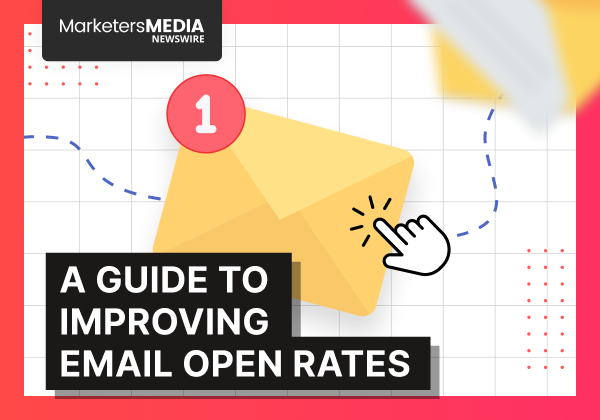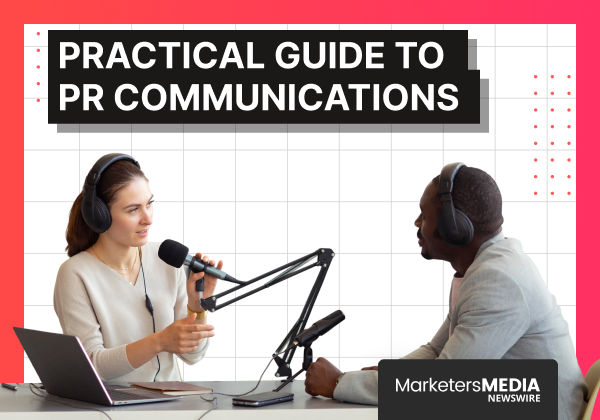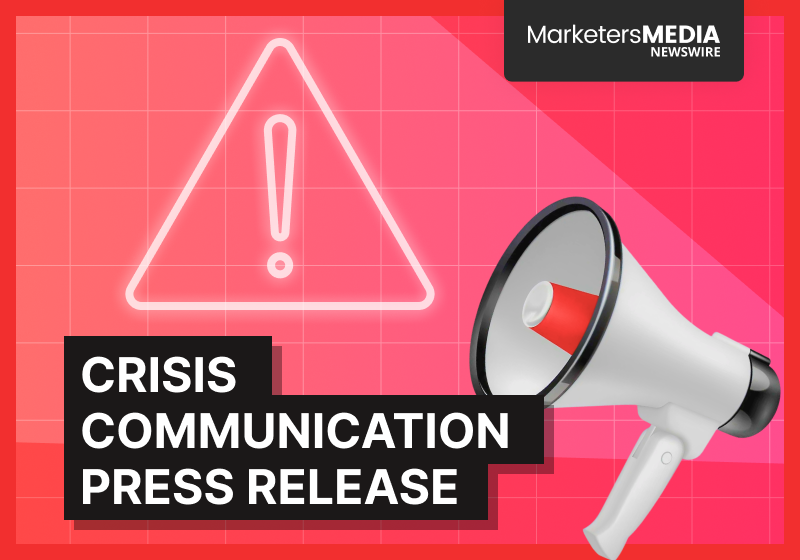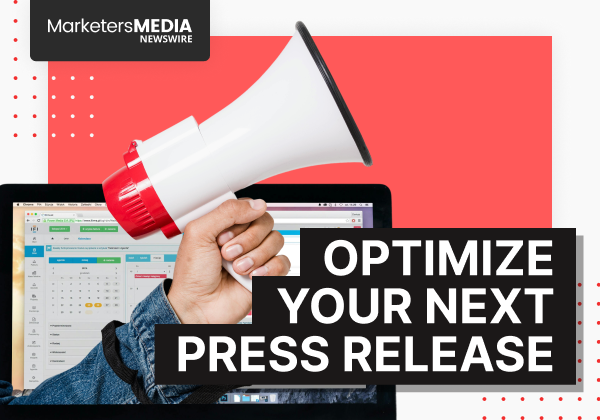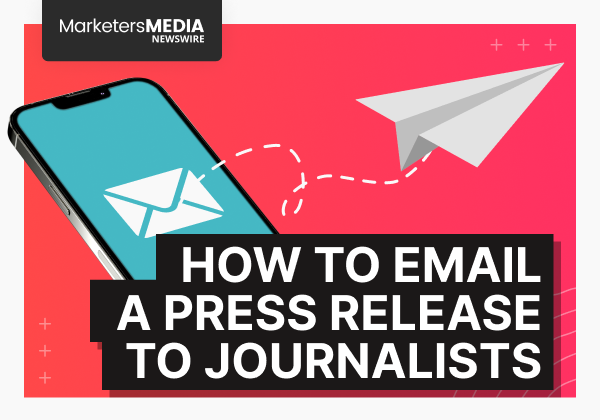Your latest campaign is seeing decent results. But, do you still find yourself wondering, “how can I push my open rates even higher?”
Some emails get strong engagement while others fall flat. And with competitors pulling ahead in the inbox, it can feel like you’re leaving opportunities on the table. The good news? Even solid numbers can improve.
This guide will walk you through practical steps to boost your open rates using a systematic approach that addresses everything from technical infrastructure to audience psychology.
Does Your Email Actually Provide Value?
Before diving into tactics, ask yourself this question: Would you open your own emails?
If your content doesn't solve problems, entertain, or provide genuine value, no amount of optimization will save you. Value is the foundation upon which all other strategies build on.
When done consistently, it can build trust and set the stage for subscribers to pay attention when your emails arrive.
Know Your Audience
The better you understand your subscribers, the easier it is to write emails that feel like they were meant just for them.
Building Detailed Buyer Personas
Every email is made up of real people with specific pain points, preferences, and behaviors. The clearer you understand who those people are, the easier it is to write emails that feel relevant.
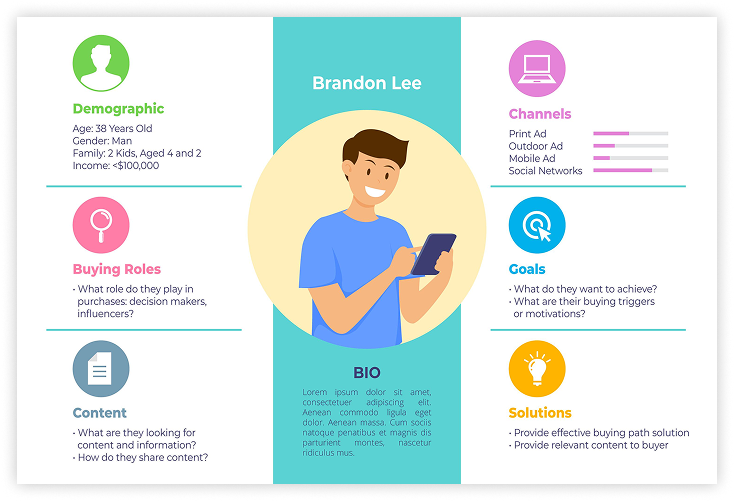
That’s where buyer personas come in. Think of them as simple profiles that capture:
- Demographics (age, location, job title)
- Pain points and challenges
- Communication preferences
- Goals and aspirations
You don’t need to overcomplicate it. Even a few well-defined personas can help you spot patterns and tailor your messaging in ways that make subscribers more likely to open your emails.
Data Analysis
Your email platform already holds the clues about what resonates with your subscribers. Instead of guessing, you can look at the data to see what’s actually working.
A few examples to look for include:
- Which subject lines perform best
- What time does your audience engages the most
- Which content types drive clicks
- Unsubscribe patterns
Let the data guide your decisions. When you combine analytics with buyer personas, you move from sending generic blasts to delivering emails that feel timely and relevant.
Your Email’s First Impression
When someone sees your email in their inbox, they make a split-second decision: open or ignore. That decision usually comes down to three things — your subject line, sender name, and preheader text. Nail these, and you’ve already won half the battle.
The Subject Line
Your subject line is the first thing subscribers see, and often the only thing they consider before deciding whether to open your email.
Here are a few guiding principles to keep in mind:
- Personalization Works: Emails with personalized subject lines have 29% higher open rates. This doesn’t have to stop at first names — you can also reference location, past purchases, or behavioral triggers.
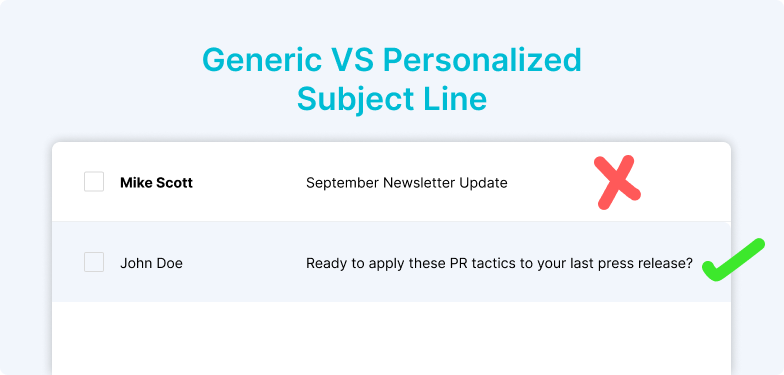
- Length Matters: Most mobile users won't see anything longer, so aim for under 50 characters. 6-10 words usually hits the sweet spot.
- Power Words That Convert: Words like “exclusive,” “limited time,” or “just for you” can spark curiosity. But, overusing them makes your emails feel like spam.
- What to Avoid: ALL CAPS, too many exclamation points, or misleading promises can damage trust and hurt deliverability.
The goal isn’t to trick someone into clicking. It’s to give them a clear reason to believe that what’s inside is worth their time.
Sender Name
- Always include your business name so people recognize you
- Try "Person from Company" for a personal touch (like "Sarah from ABC”
- Skip generic terms like "Info" or "Sales" - they feel impersonal
- Never use no-reply addresses (they signal you don't want to hear from people)
Preheader Text
- Don’t waste it by repeating the subject line.
- Add context or a hint of what’s inside.
- Use it to spark curiosity for subscribers on the fence.

Together, your sender name and preheader text can quietly set the stage. In email marketing, that first impression often decides whether your message gets read or ignored.
Timing and Segmentation
Even with the best subject line, your email won’t perform if it arrives at the wrong time. That’s why timing matters.
Timing
- Weekdays typically outperform weekends
- Morning (9AM–12PM) and early afternoon (1–3PM) often perform best.
- BUT there’s no universal “best time” — Your audience's optimal timing depends on their industry, timezone, and habits.
Start by experimenting with different days and times, then track which windows consistently deliver the highest engagement. Over time, these patterns will reveal your own best-sending schedule.
Segmentation
Segmented campaigns average 46% higher open rates than blast emails. Once you’ve nailed the timing, the next step is making sure your emails feel relevant.
Split your list by:
- Demographics: age, location, or job role.
- Behavior: purchase history or engagement levels.
- Lifecycle: new subscribers, loyal customers, or win-back campaigns.
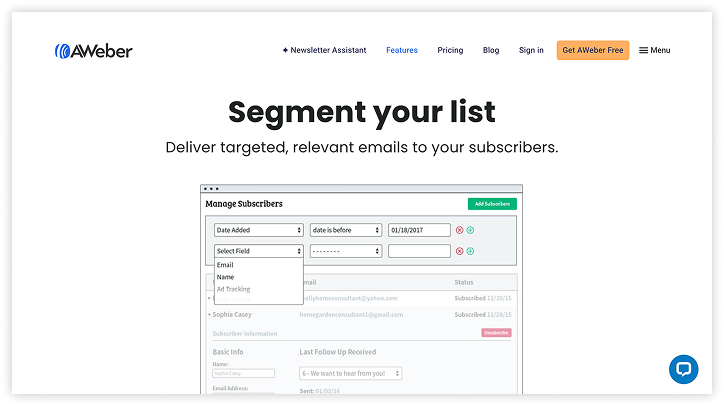
Together, timing and segmentation ensure your emails land when people are most likely to engage.
Avoiding the Spam Folder
How can people read your email if they never get to see it? Deliverability is the gatekeeper to the inbox.
Technical Setup
These protocols prove your emails are genuine and help you stay out of spam:
- SPF (Sender Policy Framework): shows you’re allowed to send from your domain.
- DKIM (DomainKeys Identified Mail): adds a digital stamp of approval.
- DMARC (Domain-based Message Authentication, Reporting, and Conformance): Tells servers how to handle emails that fail authentication.
Content Red Flags
- Heavy-handed sales language.
- Too many links crammed into one email.
- Images without enough text.
- Attachments that raise suspicion.
Good deliverability means covering both sides: the technical checks that get you through the door, and the content choices that keep you from being flagged.
Email List Hygiene
A big list looks impressive, but size doesn’t mean much if no one is opening your emails. In fact, an engaged list of 2,000 people can outperform a dead list of 20,000.
Think of list hygiene as housekeeping for your inbox reputation. A clean list keeps your emails out of spam and in front of the people who actually want them.
Keep it Fresh
Regularly remove subscribers who:
- Haven’t opened anything in 6+ months
- Consistently bounce
- Mark your emails as spam
It feels counterintuitive to cut names, but trimming the fat makes the whole list healthier.
Double Opt-In
Asking people to confirm their subscription may sound like extra friction, but it ensures two things: valid addresses and genuine interest. That’s a solid foundation for stronger engagement.
Re-engagement Campaigns
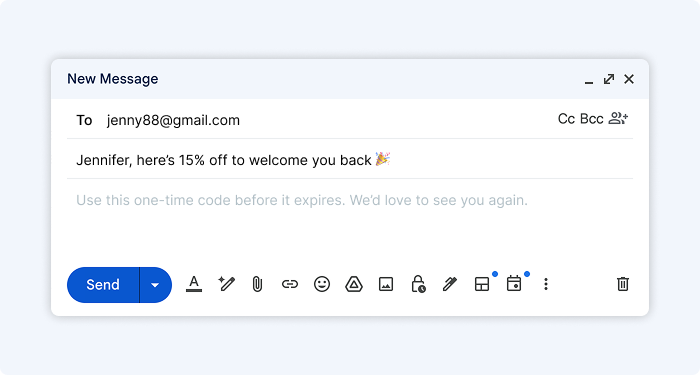
Before you hit delete, try a re-engagement campaign. A simple “We miss you” email, a one-time discount, or a quick preferences survey can remind people why they signed up in the first place. If they still don’t bite, let them go — your deliverability will thank you.
How to Rebuild Your Reputation
What if your open rates have already dropped into single digits? That’s usually a sign inbox providers don’t trust you anymore. The good news: you can earn that trust back.
Here’s a gradual plan that rebuilds your reputation step by step:
- Weeks 1–2: Send only to the people who clicked something recently.
- Week 3-6: Expand to those who opened in the past month.
- Week 7-10: Expand to those who opened in the past month.
- After that: Slowly widen the net based on engagement data.
Think of it as warming up a cold engine — steady and patient wins here. If you blast your full list too soon, inbox providers will flag you again and undo your progress.
Reputation repair isn’t glamorous, but it works. The more consistently you send to engaged subscribers, the more inbox providers see you as a trustworthy sender.
Putting It All Together
Improving email open rates is about putting the pieces together so they work in sync. Think of these as the five building blocks:
Foundation First: Make sure your list is clean and your technical setup (SPF, DKIM, DMARC) is in place.
Craft Your Message: Use subject lines that spark interest and a sender name people instantly recognize.
Get the Timing Right: Test different days and times to find when your audience is most engaged.
Segment Smartly: Group subscribers by demographics, behavior, or lifecycle stage so emails feel more relevant.
Keep Improving: Track your results, test small changes, and refine your approach over time.
Each piece adds up. Together, they give you a system for sending emails that people actually look forward to opening.
Key Metrics to Track
Open rates are useful, but they only tell part of the story. These metrics give you a fuller picture:
- Click-through rate (CTR): Shows content effectiveness by calculating how many subscribers clicked a link.
- Click-to-open rate (CTOR): Measures engagement quality for those who actually opened your email.
- Unsubscribe rate: Signals when your content or frequency isn’t matching audience expectations.
- Spam complaints: A red flag that something in your message or strategy needs fixing.
Watching these numbers together helps you spot what’s working and what needs attention beyond the open.
The Long Game
Building a high-performing email program takes time. It’s about consistent value delivery — respect your subscribers' time, and prioritize quality over quick wins.
Your audience will reward authenticity and relevance with higher engagement. And higher engagement means better deliverability, creating a positive cycle that grows your business.
Remember: every email is an opportunity to strengthen (or weaken) your relationship with your audience. Make each one count.
Free Press Release Template
Tell us where to send your PDF:
